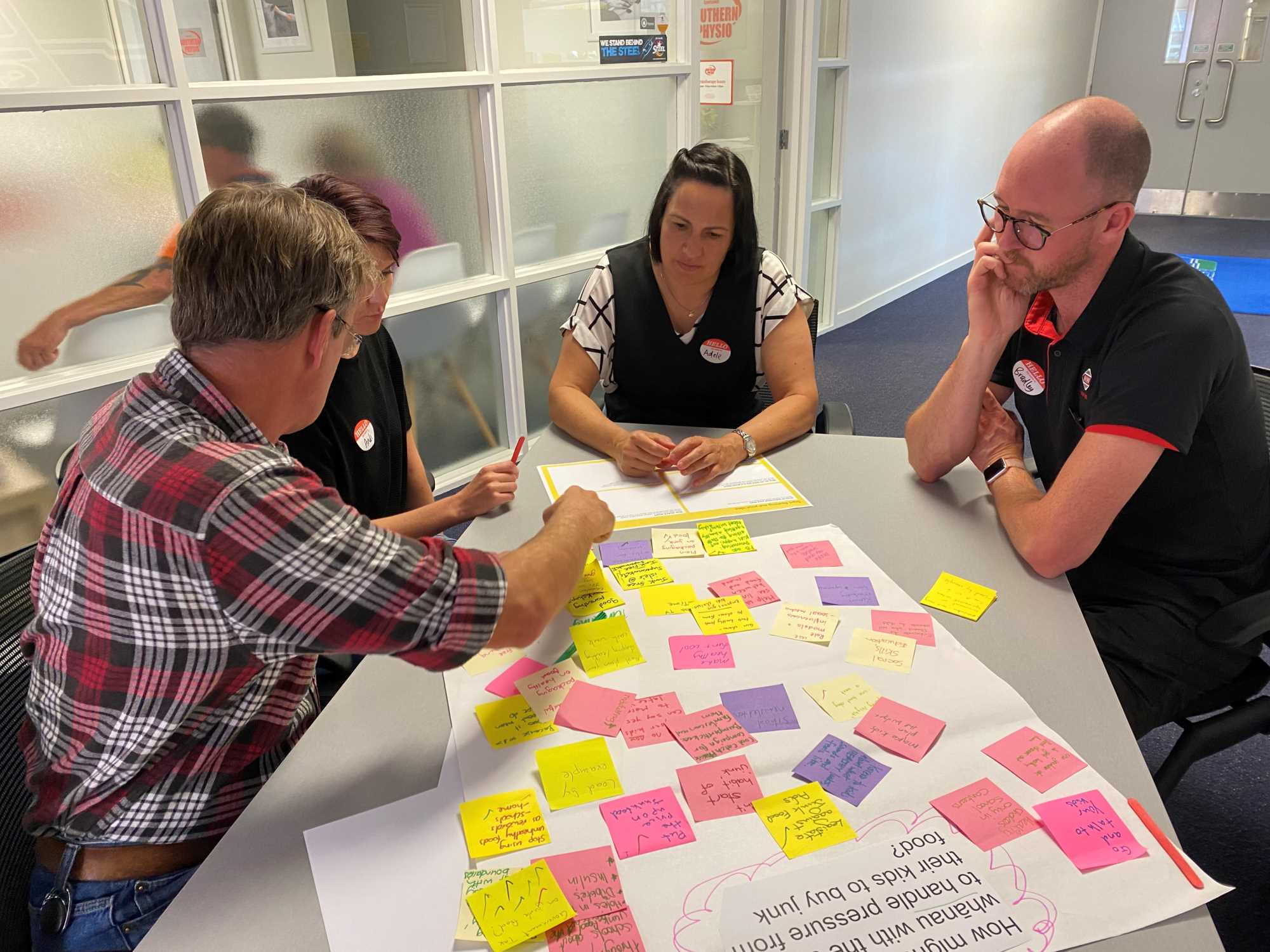
Value of co-design and collaboration highlighted in kai challenge
A large body of work undertaken by Healthy Families Invercargill looking at food security and food sovereignty in Southland is showcasing the importance of collaboration, co-design, and community-led solutions.
Food sovereignty is defined as the right of people to healthy and culturally appropriate food and their right to define their own food and agriculture systems – put simply, it is the right for people to access the food they want to nourish them, when they want. Food security is defined as having access to a sufficient quantity of affordable, nutritious food.
In 2019 Healthy Families Invercargill systems innovator Lauren Richardson and lead systems innovator Stella O’Connor became part of the Healthy Families NZ national Kai Community of Practice. This Kai COP has the vision of everyone in New Zealand having access to good food at all times. As part of this, members were tasked with exploring a challenge based around their region’s kai space.
One of the first key learnings was how necessary lived experience was to understand the needs, enablers, and barriers of the community.

“When co-designing, the person you are designing for needs to be at the centre. The strength of many organisations working with whanau is that they have developed rich relationships and trust with their clients. We saw a need to work collaboratively with these organisations as without them we wouldn’t have been able to understand at a deep level the needs, enablers and barriers of accessing kai.”
“We worked alongside a number of organisations who gave us the opportunity to talk with whānau. It was an incredibly special experience to be able to speak one-on-one with members of our community, and really gave us an appreciation of how difficult it is for some people to access kai. That gave us stronger motivation to see change for these families.”
Collaboration also created opportunities to set boundaries and for a clear, formative question to be asked - how might we enable our families of greatest need access to local produce, Richardson said.
“We felt that was a more robust way of gathering insights, and that in a one on one environment, people would feel more secure in providing honest and in-depth information.”
Information from those sessions was brought together and loosely themed, and then broken down into further, more specific ideas.
Those insights provided the “gold” needed to move forward with the what next – a co-design workshop bringing together the organisations involved in the collaboration, and interested members of the public. The aim of the workshop was to brainstorm solutions to food security that could be driven by the community.
Several ideas were developed for prototype, mostly around strengthening food resilience through local gardening initiatives. Those ideas are in varying states of development. One, a food pantry based in Glengarry, is already under way. While Covid-19 forced the pause button on several of the ideas, once lockdown was over the food pantry was able to be created (from a donated filing cabinet painted by children from Glengarry Kindergarten) and put in place outside the Habitat for Humanity store where it was stocked with vegetables donated by the Salvation Army and Invercargill Prison. Food items have since been dropped off by the public.
Working with other organisations on those prototypes, and developing ideas based on community feedback was essential, as was having a clear and true understanding of the state of the kai system in the community, Richardson said.
Co-designing initiatives allowed for deep diving into an issue, which was necessary in order to achieve effective results, she said.
“You delve really deep into the understanding...it just highlights ‘ok we have got this idea but who’s it actually for’? It’s pointless if we are not doing it for the people that need it most.”
By breaking the process down to the most basic level and working collaboratively from there, using insights from the target communities, and leaning on experience, understanding, and expertise from other organisations and whānau, a much more robust and valuable solution can be developed, she said.
“The reason you use this (co-design) process is to tackle complex problems. Setting boundaries is hard because you can’t solve the whole problem, but by narrowing it down, you can make it meaningful.”
“By bringing organisations and individuals together that have a common goal and vision, you can tackle those complex issues much more effectively.”